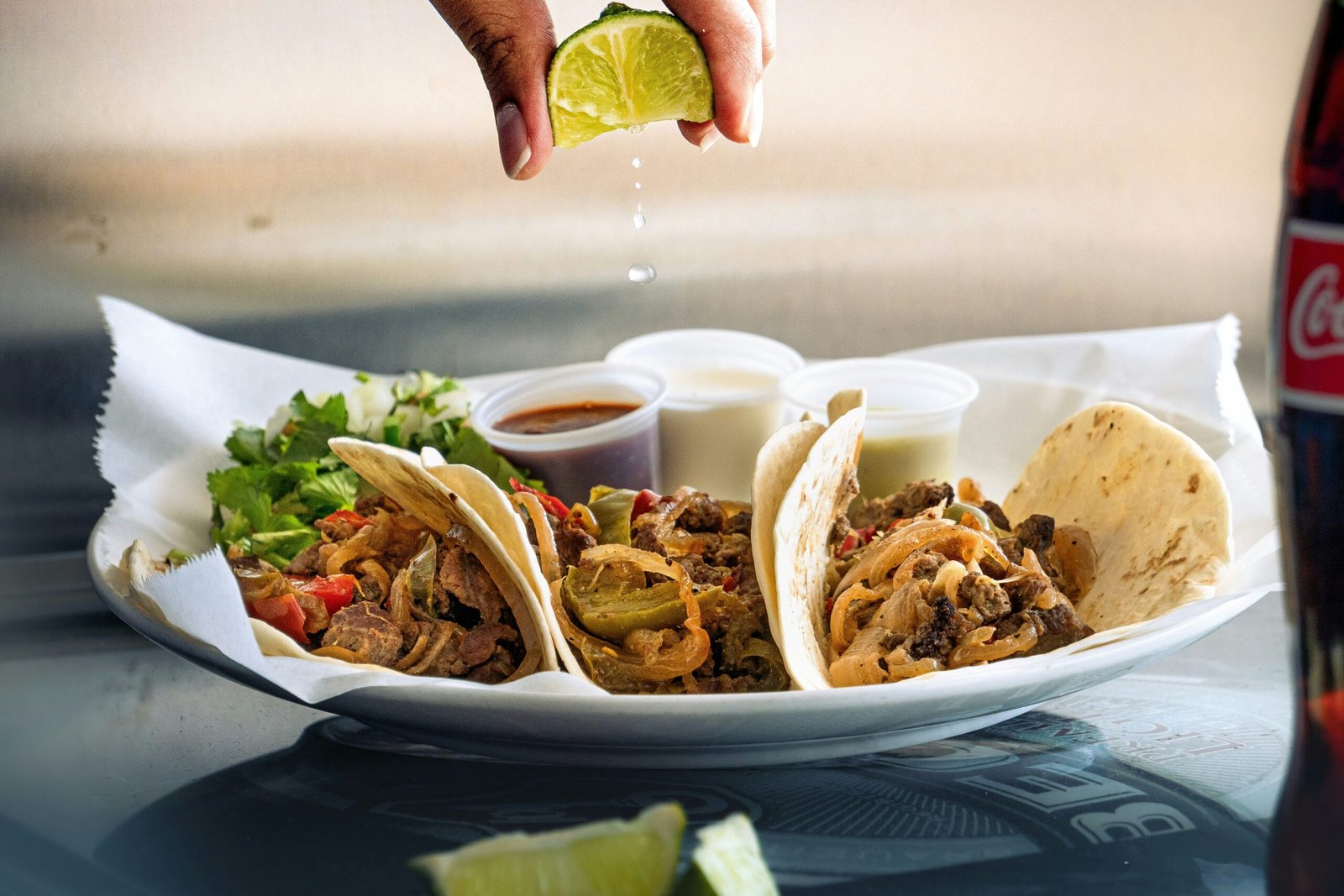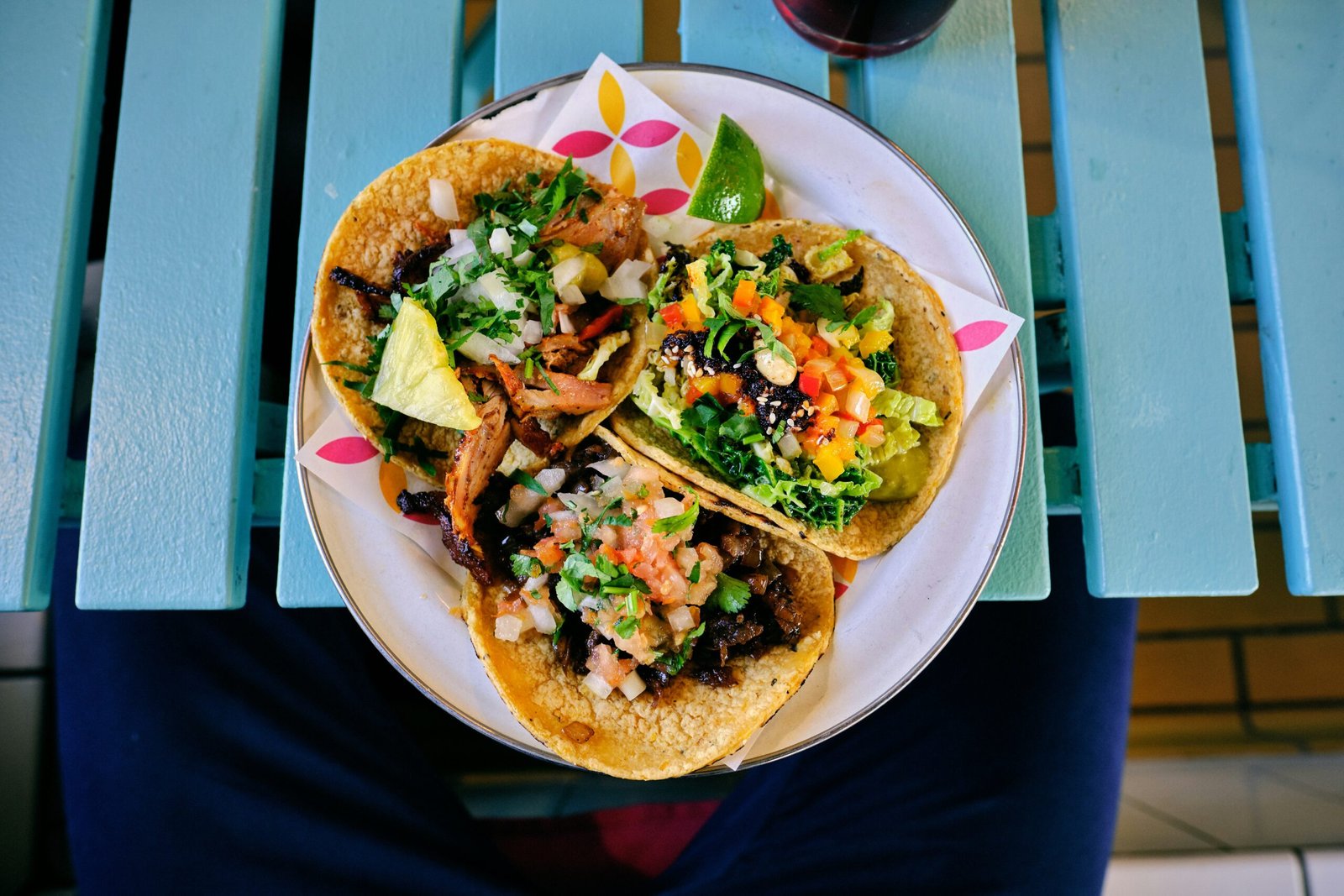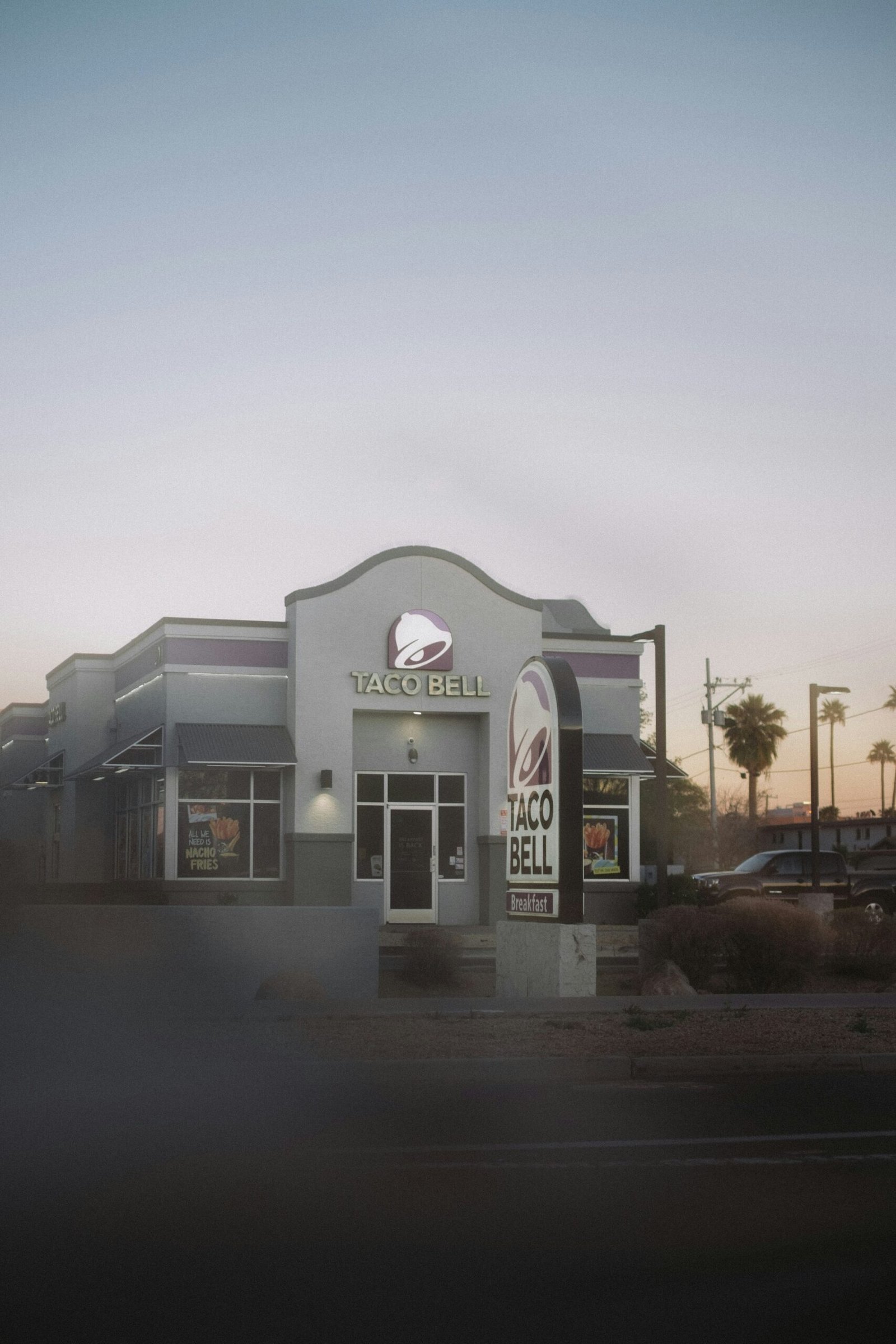When it comes to Mexican cuisine, two popular dishes that come to mind are trompos and tacos.
Both are flavorful and loved by many, but one thing that often catches the eye is the variations in their colors. From vibrant reds to earthy browns, these colorful delights add an extra visual appeal to the dining experience. But have you ever wondered why there are variations in the colors of trompos and tacos? Let’s dive in and uncover the reasons behind this intriguing phenomenon.
The Role of Ingredients
One of the primary factors that contribute to the variations in colors of trompos and tacos is the choice of ingredients.
In traditional Mexican cuisine, a wide range of spices, herbs, and vegetables are used to create the unique flavors.
These ingredients not only add taste but also impart distinct colors to the dishes.
For example, the vibrant red color in some trompos and tacos can be attributed to the use of ingredients like chili peppers, such as ancho or guajillo, which are known for their rich red hues. These peppers are often ground into a paste or powder and used as a seasoning or marinade, giving the meat a visually appealing red color.
On the other hand, the earthy brown tones in some trompos and tacos can be a result of using spices like cumin, paprika, or cocoa powder. These spices not only add depth of flavor but also contribute to the overall color palette of the dish.
Regional Influences
Another factor that plays a significant role in the variations of colors in trompos and tacos is regional influences. Mexico is a diverse country with distinct culinary traditions in different regions. Each region has its own unique ingredients and cooking techniques, which can impact the colors of the dishes.
For instance, in the Yucatan region, a popular ingredient used in trompos and tacos is achiote paste.
Achiote, also known as annatto, is derived from the seeds of the annatto tree. It has a vibrant red-orange color and is often used as a natural food coloring.
The use of achiote paste in Yucatan cuisine gives the trompos and tacos a beautiful reddish hue.
In contrast, in the northern regions of Mexico, such as Sonora, the influence of grilling techniques and the use of different types of meat can result in darker, smokier colors in trompos and tacos. The meats are often marinated in spices like adobo or rubbed with various chili powders, creating a rich and flavorful dish with a darker appearance.
Cultural Significance
Colors play a significant role in Mexican culture, and this is reflected in their cuisine as well. Vibrant and diverse colors are often associated with celebration, joy, and cultural identity. The variations in colors of trompos and tacos not only enhance the visual appeal but also represent the rich cultural heritage of Mexico.
For example, during festive occasions like Cinco de Mayo or Day of the Dead, you may come across trompos and tacos adorned with colorful toppings like fresh cilantro, diced onions, and vibrant salsas.
These toppings not only add a burst of flavor but also create a visually stunning dish that captures the essence of the celebration.
The Art of Presentation
Lastly, the variations in colors of trompos and tacos can also be attributed to the art of presentation. Mexican cuisine is known for its attention to detail and the aesthetic appeal of the dishes. Chefs and home cooks alike take pride in arranging the ingredients in a visually pleasing manner.
From the choice of colorful garnishes to the arrangement of different ingredients, every element contributes to the overall color palette of the dish.
The vibrant colors not only make the trompos and tacos visually appealing but also stimulate the appetite and make the dining experience more enjoyable.
So, the next time you find yourself indulging in a plate of delicious trompos or tacos, take a moment to appreciate the variations in colors.
From the role of ingredients and regional influences to cultural significance and the art of presentation, these factors all contribute to the colorful world of Mexican cuisine.



